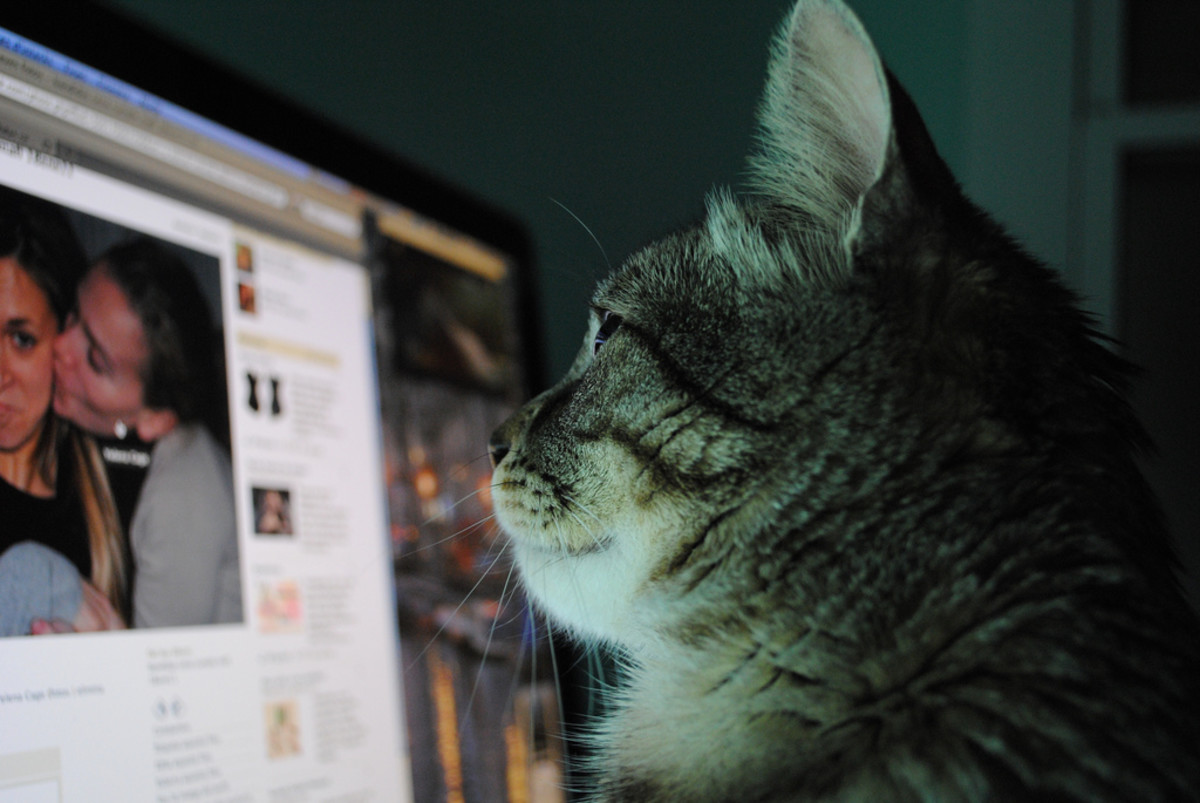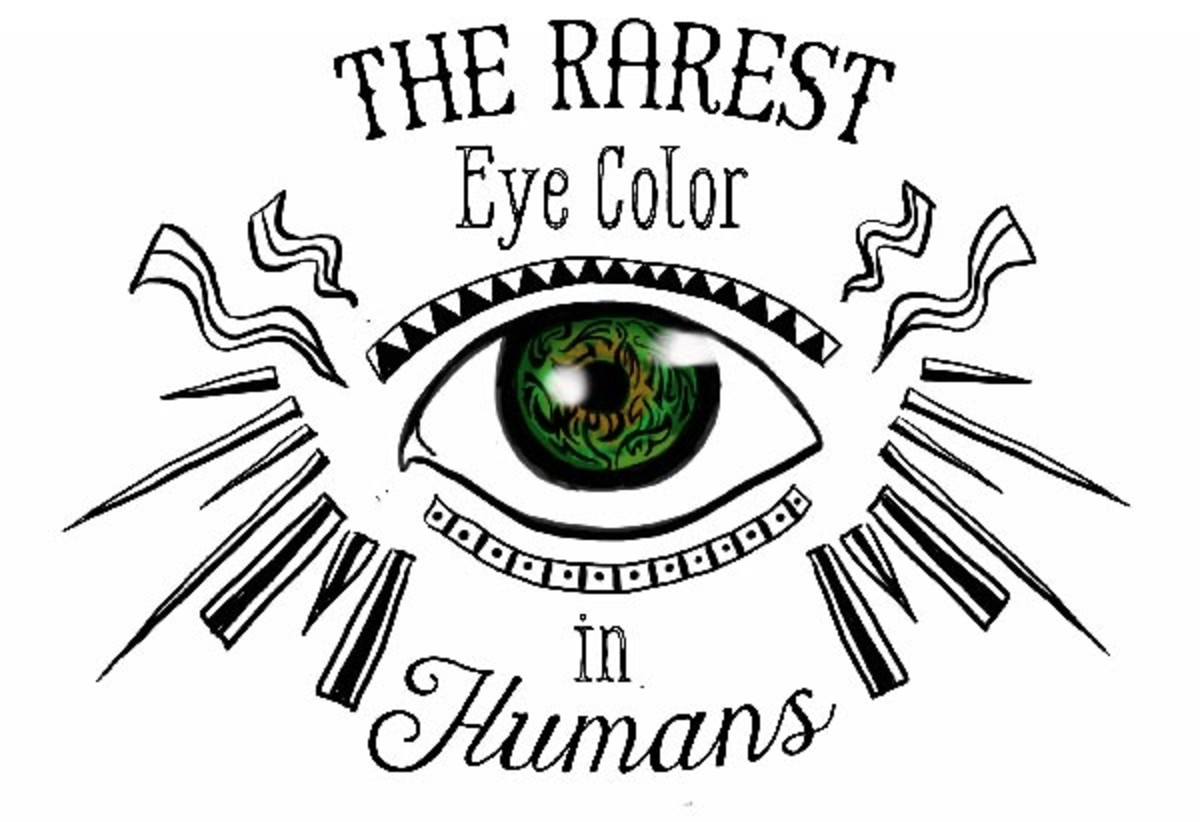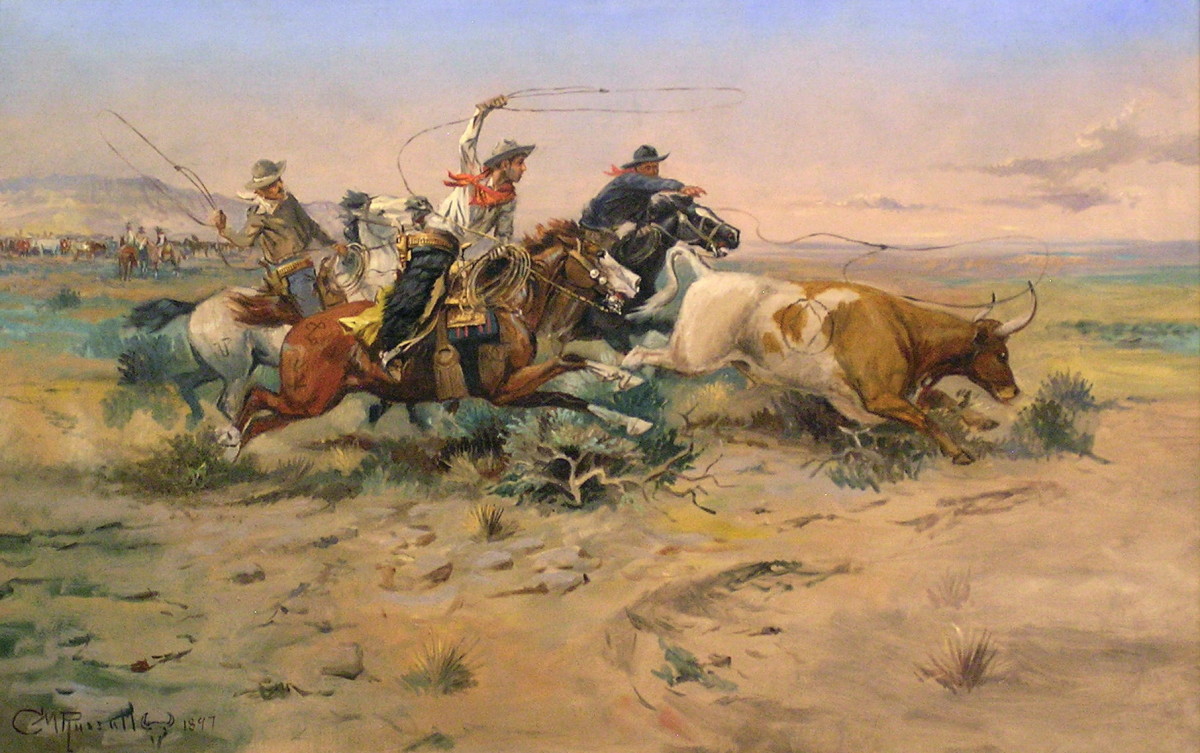Social Perception Theory and the Internet
Whether through an unreal avatar or a true to life photo we are not sure of the web friends we encounter every day even though at times they become almost as close as our families. When we encounter others we are usually asking questions such as: What do we have in common? Can we get along? Most persons are uncomfortable with this uncertainty. Charles Berger describes the process of minimising this discomfort as uncertainty reduction, which is the process of monitoring the social environment in order to learn more about self and others. Uncertainty Reduction Theory or URT was developed by Charles Berger and Richard Calabrese, and serves to propose, predict, and explain how a stranger will interact with another stranger. Strangers, according to the theory, go through different steps in order to reduce uncertainty about each other. Berger and Calabrese (1975) refined the theory into seven axioms and twenty-one theorems.
More and more persons are making crucial personal and business decisions over the internet. Computer-mediated communication offers a dynamic new challenge and we all seek to reduce uncertainty in our interaction in forums, in auctions, on dating sites, or even on game sites.
Despite our best effort, it is quite possible that our perceptions of others are prone to inaccuracies that may lead to stereotyping, prejudice, and discrimination.
In the real world first impressions are powerful. We are prone to form judgements based on the following physical characteristics: race, gender, age, appearance, facial expressions, eye contact, movement, personal space, and touch. What do you find physically attractive in someone? This may determine whether or not you find them cool or the very opposite. You may not want to admit to being shallow but you assess people based on physical attractiveness by observing facial features, height, weight, grooming and voice.
Early impressions of others are formed based on their social behaviours. We observe how they relate to someone else and form a judgement. Sometimes this is based on implicit personality theory which are assumptions people have developed about which physical characteristics and personality traits are associated. We associate, for example, a particular behaviour with a particular trait, then we go on to generalise by saying that a person possesses a whole set of characteristic because we have observed only one characteristic or trait. So you might observe that King Croc, a forum participant is rude and you assume that he is unhelpful to others since you associate outspoken and brash with being unhelpful. This is known as the halo effect. We can fill in negative or positive halo based on limited information.
It happens so often in the religion forum on Hub Pages. Some of the crudest debaters are kind and humane, but you have to hang around to find out.
As you surf to your heart’s content I would suggest that you be slow to arrive at judgments. The internet presents opportunities to deceive. A fat kid may post an athletic picture of his cousin to win the attention of girls. Toothless grannies may post pinups and get passes from college kids. Uncertainty reduction theory would want to suggest that we are motivated to reduce uncertainty because uncertainty results in unease. For the sake of our sanity and our personal safety we may have to live with some unease over the internet by accepting that what meets the eye may never be true. Over time those persons who post photographs will reveal more and more of themselves especially on social networking sites such as Facebook, MySpace, and Hi5. Don’t rush the pace of relationships. Allow the stages of the Uncertainty Reduction Theory to happen.
Let's Apply Stages of Uncertainty Reduction to Cyberspace Communication
Entry stage: at this stage the communication is controlled by rules and norms. Information on age sex and economic status is exchanged.
Personal stage: here the communicators share attitudes, beliefs, values and norms. Here the communication moves more freely and there is less constraint.
The exit stage: here the communicators decide on plans for more interaction and they may discuss ways to nurture the relationship.
Someone who is puny may post an avatar of a lion to compensate and you may assume it is a strong person with a strong personality. How accurate can you get? Forum readers might pose for their photos and seek to maintain a mask of a created persona. Not to mention those animal avatars. They come across as cool and with it. Especially by hanging out with a crowd that applause them. Stay clear of them unless you agree with their philosophy or they will annoy you until the crowd moves in for the kill. Especially if they have already succeeded in another area of social perception, the ‘s’ word, stereotyping.
A stereotype is an oversimplification by which we ignore the individual differences within a group by classifying all the members of a class or set to be definable by an easily distinguishable set of characteristics. According to Wikipedia “The term is often used with a negative connotation, as stereotypes can be used to deny individuals respect or legitimacy based on their membership in a particular group.”
To engage in stereotyping is to risk inaccurate communication and offending others.
Stereotyping often results in prejudice and discrimination.
Whereas a stereotype is a belief or opinion, a prejudice is an attitude that predisposes one to feel, think or act in a negative way towards another person or group. Both prejudice and stereotype relate to groups. But we are still in the cognitive realm.
Discrimination goes beyond the cognitive to the realm of action. Discrimination is a negative action toward a social group or its members and usually taker the form of exclusion or rejection.
On the news blogs it is so sad to see the war of words, posters insulting each other with labels like liberals and fundies (fundamentalist Christians). Someone may simply adopt a position and is immediately labelled (implicit personal theory) and before you know it there is prejudice and discrimination.
>









